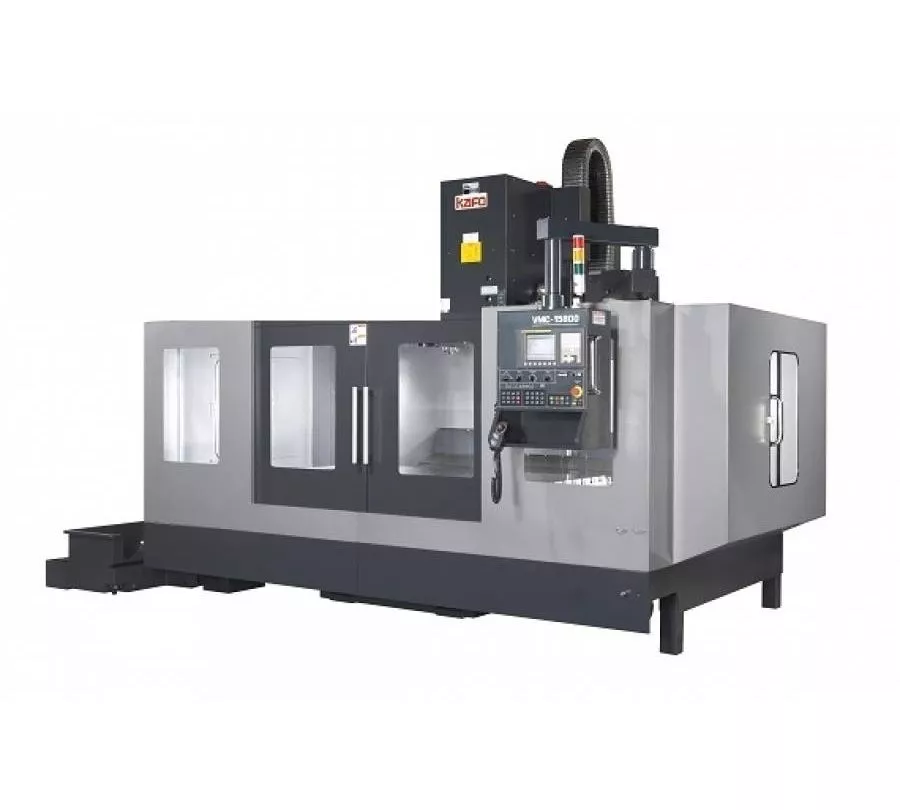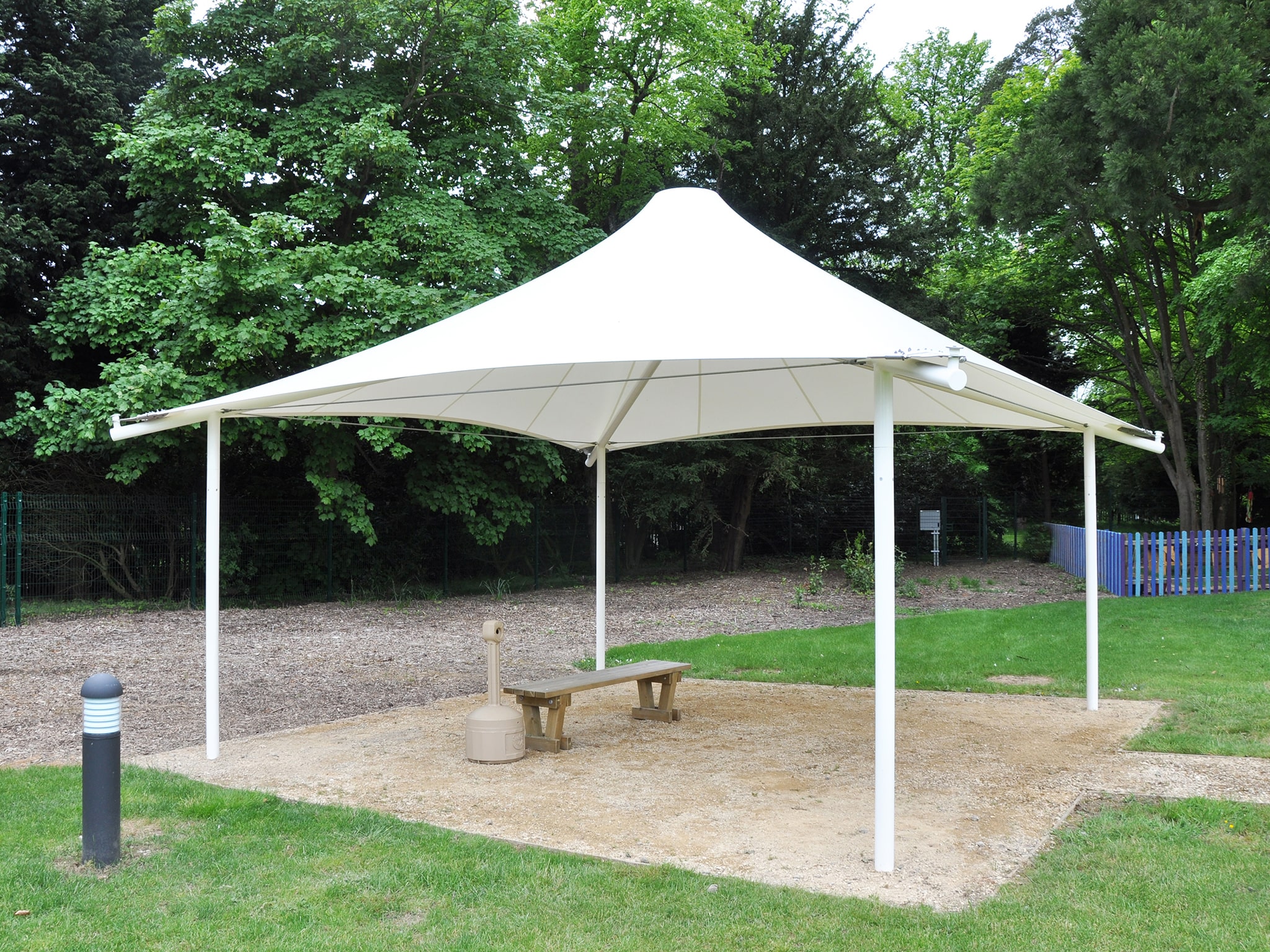Developing new products often involves creating prototypes and low volume parts. Two common rapid prototyping methods are 3D printing and vacuum casting. This guide examines the key differences between these technologies.
3D printing technology has evolved rapidly in recent years with new processes and materials for additive manufacturing. For short-run production of plastic parts, vacuum casting offers a cost-effective solution.
Overview of 3D Printing
3D printing refers to additive manufacturing processes that build parts layer-by-layer from 3D model data. Common 3D printing technologies include:
- Fused Deposition Modeling (FDM)
- Stereolithography (SLA)
- Selective Laser Sintering (SLS)
- Multi Jet Fusion (MJF)
3D printing allows fast, flexible prototypes without hard tooling. Parts have a layered appearance.
Overview of Vacuum Casting
Vacuum casting uses silicone molds to reproduce plastic parts through a vacuum-formed thermoforming process. Liquid resin is poured into the mold and cured.
Molds are 3D CNC machined from a master model or 3D print. Vacuum casting delivers durable prototypes with smooth surfaces.
Key Differences Between Processes
Here are some of the main differences between 3D printing and vacuum casting:
| Factor | 3D Printing | Vacuum Casting |
|---|---|---|
| Process | Additive, layer-by-layer | Casting into 3D machined mold |
| Materials | Plastics, resins, metals | Polyurethane, epoxy, silicone |
| Accuracy | ± 0.2mm or more | ± 0.05mm or better |
| Surface Finish | Layer lines visible | Smooth finish replicates master |
| Post-processing | May require sanding, painting | Little finishing required |
| Production Volumes | Up to 100 units | 10 – 3,000+ units |
| Lead Time | 1-7 days | 1-4 weeks |
| Cost Per Part | Low volumes cost effective | Higher volumes cost effective |
3D Printing Part Accuracy
3D printed accuracy is limited by factors like:
- Stair-stepping effect from layer heights
- Shrinkage or warpage after printing
- Minimal angles/overhangs require supports
- Anisotropic strength due to layer orientation
Common 3D printing tolerance is ±0.2mm but depends on the specific process. SLA can achieve ±0.15mm.
Vacuum Casting Accuracy
Vacuum casting into 3D machined molds yields higher accuracy to the master model:
- CNC machining tolerance down to ±0.05mm
- Excellent reproduction of small details
- Consistent wall thicknesses without voids
- Isotropic material properties
Silicone molds can replicate fine features not possible with 3D printing.
3D Printing Surface Finish
3D printed parts exhibit a rough, layered surface finish:
- Visible layer lines from additive process
- Ripples or bands between layers
- Delamination or “stair-stepping” on angles
- Wavy finish on downward facing surfaces
- May require sanding, painting, vapor smoothing
Surface finish depends on layer height, build angle, process parameters.
Vacuum Casting Surface Finish
Vacuum cast parts replicate the master model with glossy, smooth surfaces:
- No visible layer lines
- Consistent material appearance
- Can mold micro textures and grain patterns
- Requires little finishing work
- Silicone molds have 500 – 2,000 shot lifespans
Moldable resins like polyurethane cure to a hard, durable finish.
Comparing 3D Printing vs. Vacuum Casting Materials
| Process | Materials | Mechanical Properties | Applicable Uses |
|---|---|---|---|
| 3D Printing | PLA, ABS, PETG, PA, PC | Medium strength and stiffness | Concept models, form/fit testing |
| Vacuum Casting | Polyurethane, epoxy, silicone | Close to injection molded parts | Functional prototypes, master patterns, end use applications |
Vacuum casting offers a wider range of engineering-grade resins.
Cost Comparison
3D Printing
Low setup costs, ideal for single prototypes. Around $10 – $50 per cubic inch of material.
Vacuum Casting
Higher startup costs for mold, lower per-part cost at production volumes. Around $2 – $10 per cubic inch.
Vacuum casting becomes cheaper for orders over 10-25 units when the mold cost is amortized.
Lead Time Comparison
3D Printing
Fast turnaround, parts print in hours or days depending on size and process. No hard tooling.
Vacuum Casting
1-4 week lead time – 1 week to machine silicone mold, then resin cast parts in hours.
Requires CNC programming and machining mold, but quicker for repeated orders.
Key Takeaways Between 3D Printing and Vacuum Casting
- 3D printing suits low quantities with fast turnaround; vacuum casting better for higher volumes
- Vacuum casting offers smoother surface finish and more engineering-grade materials
- Vacuum cast parts have higher accuracy and dimensional stability
- Consider tradeoffs between speed, cost, accuracy, and materials for your application
- Both are useful rapid prototyping technologies with different strengths
This overview examines the core differences between additive 3D printing and vacuum casting processes for prototyping. With an understanding of their relative capabilities, you can select the better option for your specific prototyping needs.







